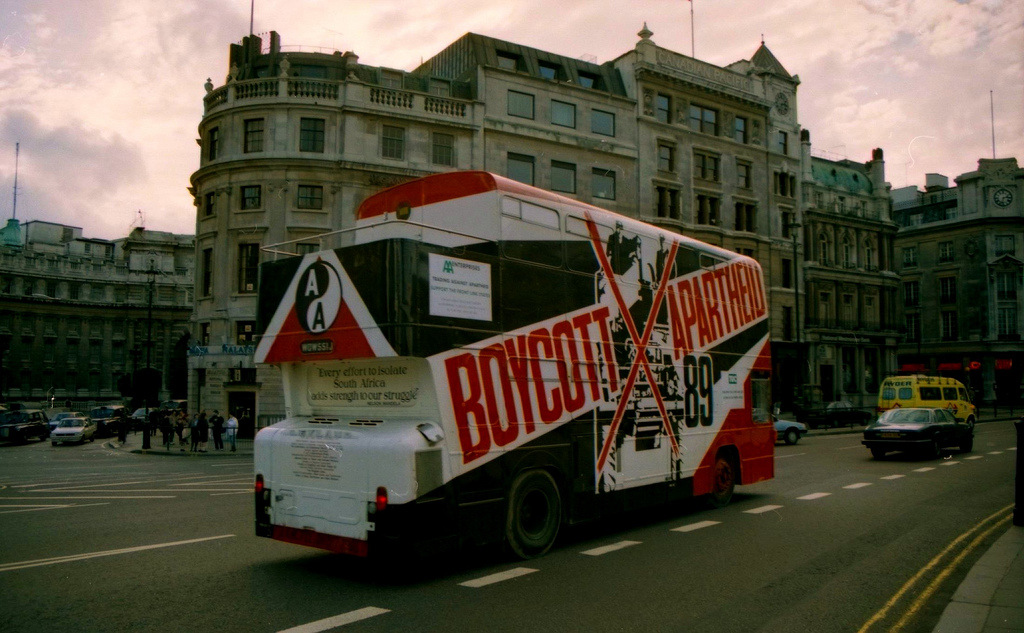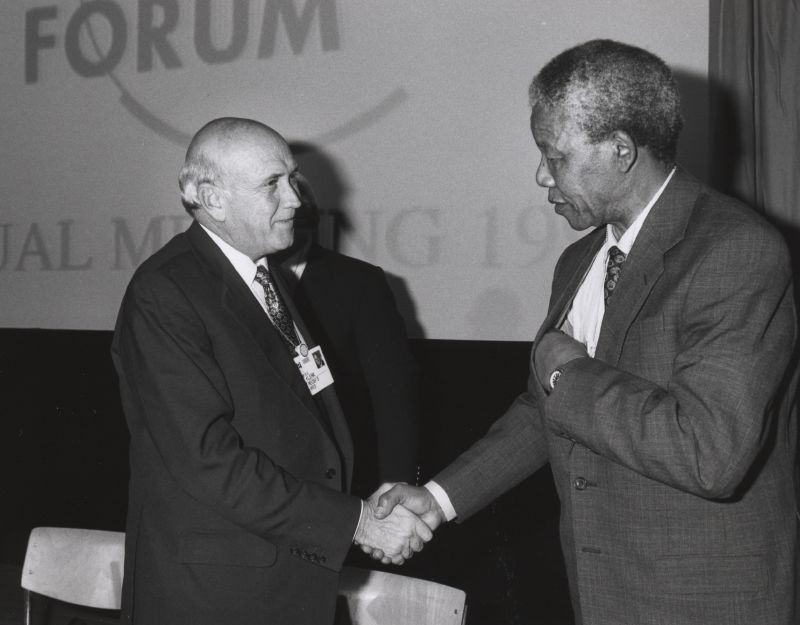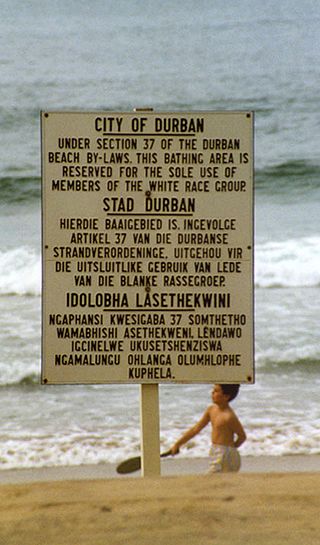In societies that have undergone major political transformations—away from systems of oppression and towards something more democratic—a narrative of rupture can be seductive. In the United States, events preceding abolition in 1865 are often cast as a foreign country. We historians feed into this paradigm when we divide our survey courses by this year, when “these” United States began to mature into “the” United States. It’s an interpretive distinction of difference that separates before/wrong from after/right.
In the case of South Africa before and after 1994, this binary is all the more seductive, because it remains in living memory. While the nation has made significant but imperfect gains in recognizing and reconciling apartheid-era transgressions on a personal level, it has too easily relegated the structural and systemic crimes to the past.
Hennie van Vuuren’s new book, Apartheid Guns and Money: A Tale of Profit, serves as a warning to South Africans by showing how certain economic and political networks in the apartheid era shaped the nation in the 1980s and survived the political transformation of 1994. However foreign the apartheid era may be to the “born-frees” of South Africa today, van Vuuren argues, they must more rigorously probe the economic continuities between pre- and post-, the vast archives yet to be processed, and especially the silences of “lost” documents and aging executives.
This is the book’s major contribution: to disrupt any clean break with events before 1994 by asking important questions. Though van Vuuren struggles mightily to identify (and eventually hold accountable) corrupt politicians, bankers, and dealers from the late apartheid era, this book’s lasting impact will be that it attempts to, and begins to, expose economic and political crimes. One can only hope that subsequent studies follow up on the leads the author has provided.
The book develops three main themes in 500-plus pages: how the South African state struggled, politically and economically, for survival amid sanctions in the 1980s; how it exploited resources to do so (oil, gold, and arms); and how it colluded with foreign countries, notably the “big five”: France, the Soviet Union, the United States, and United Kingdom, and China.
Written in the style of an exposé, though, there are portions of the book that drift closer to the tones of conspiracy theory. Van Vuuren leads off Chapter 1, “Before we delve into the murky international dimensions of this machinery, we need to understand how it was anchored in the deep state in South Africa,” later clarifying “deep state” as the place “where the decisions that really mattered were taken in secret, without accountability and with little consequence for criminal behavior.” This “deep-state” approach titillates and keeps readers turning pages, but it undermines a sense of detached examination necessary for an even-handed accounting.
Van Vuuren presents a convincing case—albeit unsurprising and not very new—that bankers, politicians, arms dealers, and bureaucrats, among others, committed heretofore underappreciated crimes in the waning days of apartheid. The opening portion of the book examines impressively the South African Defence Force and the creation of Armscor, as the author chases down former officials for interviews.
The resulting picture depicts how mid-level bureaucrats passed the buck, willfully ignorant of other checks and balances. The story here is a study in its own right of how states can survive international sanctions and pariah status: not with an omniscient villain cackling while pulling levers, but with a myriad of others interested in self-preservation.

Too often, though, the author operates from the position of present-day moral clarity. As a result—as former officials respond to his inquiries unwilling to accept full guilt—a more difficult, nuanced, and unaddressed question begins to emerge. How can governments change for the better when officials do not share moral unanimity in the present? “Noteworthy … is that these worldly individuals saw little wrong in their work in assisting with sanctions busting, …” van Vuuren writes. “Though none of the men I interviewed suggested that they were completely blameless, they did give the impression that any blame is simply irrelevant.”
There was plenty of corruption, for sure, and one cheers for van Vuuren as he makes the rounds on this dizzying journey. I question, though, how revelatory the new oral and archival evidence that he and a team of researchers were able to uncover really is. In a section on business and private support of the National Party in the 1980s, the author describes himself as “speechless” to find documentation of donations to the National Party. The materials helped identify “approximately 70 individual donations to NP between 1979 and 1989, ranging in value from … R40,000 and R2.4 million in 2017 terms,” or roughly between $3,000 and $180,000 over a ten-year period.
In these, we see both private and public citizens seeking to maintain influence with the then-ruling party. While it is important to name names, and to see how the NP sustained itself in political campaigns, the evidence feels underwhelming and unsurprising. Was it really “noteworthy” that Christo Wiese offered printing services to the NP valued at R25,000 ($1,900) in addition to the same amount for individual candidates? Given all the wrongdoings of the apartheid era by comparison, this evidence is hardly worth the ink necessary to expose it.

In another example, relating to US ties to South Africa, the author investigates Former Senator Richard Stone (D-FL), who pushed a “propaganda proposal dressed up as public diplomacy” in 1985 and who visited the country the following year. When approached in 2014 by van Vuuren, when Stone was 85 years old, the author writes, “I soon realized that I was dealing with a man who had over many years mastered the art of evasion. Each question was deftly deflected. It was not that he could not recall anything; it just seemed he could recall nothing about his connections with South Africa.”
What is actually revealed by this interview? Very little, yet the author sustains a narrative of mystery and cover-up. Such unconvincing examples ultimately detract from other noteworthy portions like Chapter 5 on “The Arms Money Machine.”
Despite these shortcomings, Apartheid Guns and Money is important for the critical questions it asks, for those that it begins to answer, and for its multinational scope. In probing this troubled and quiet past, van Vuuren productively ruptures a comfortable separation between the apartheid era and contemporary South Africa. “The current struggle against corruption in South Africa,” he concludes, “is undermined by a basic lack of appreciation of the nature of that corruption and the criminal networks that facilitate it—namely, that they are continuities of a profoundly corrupt system that predates the first democratic election.”

